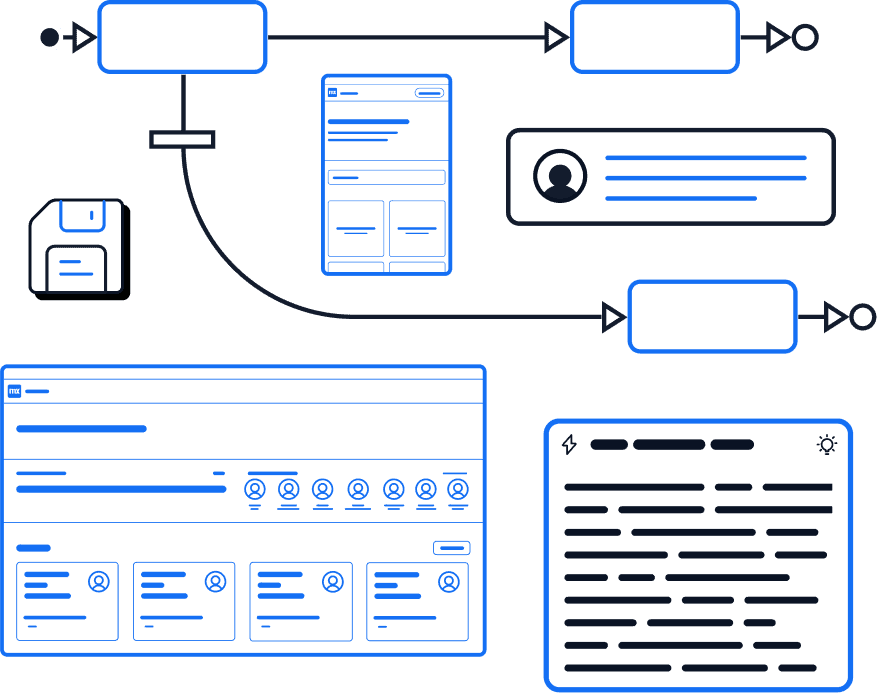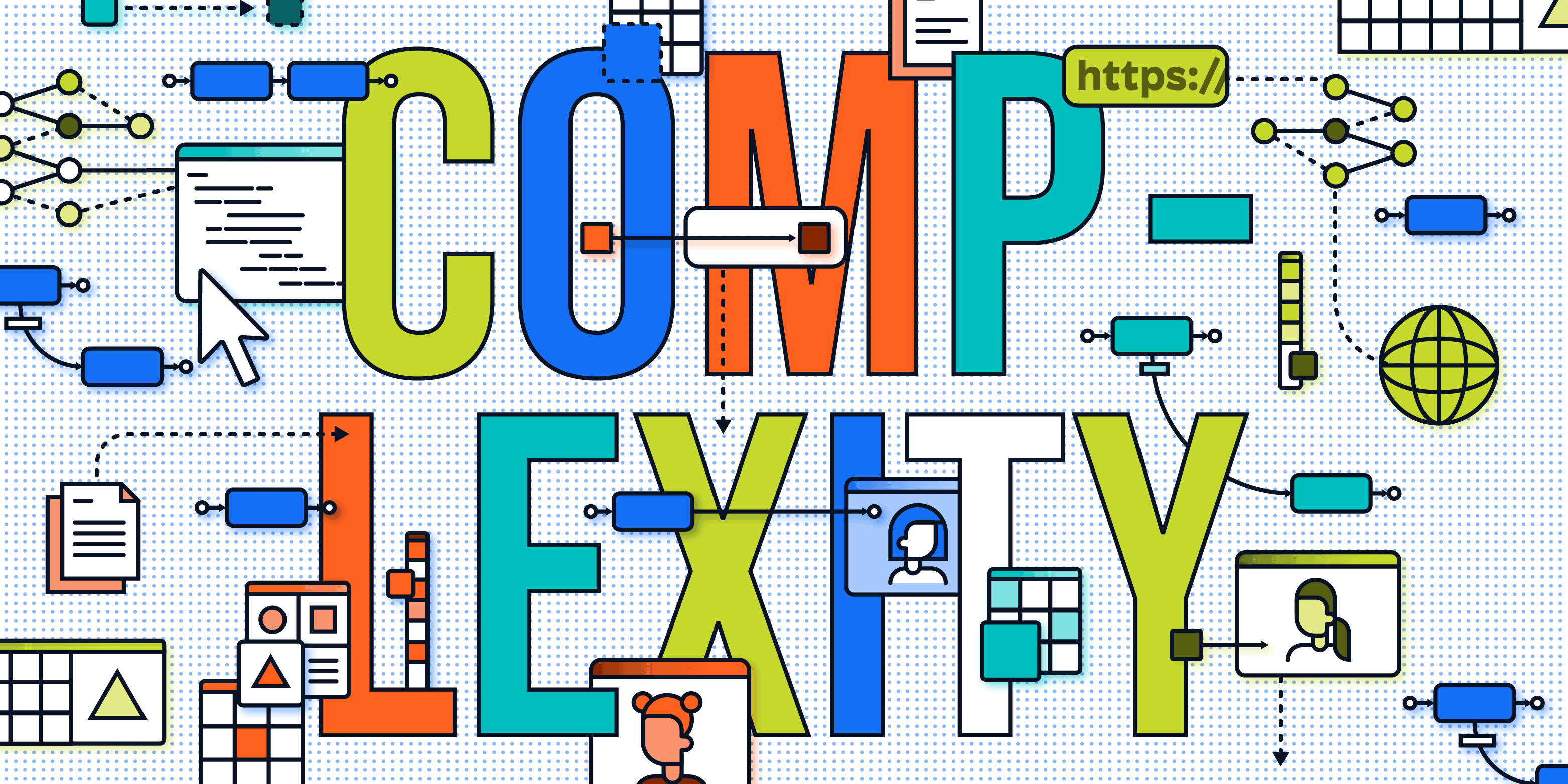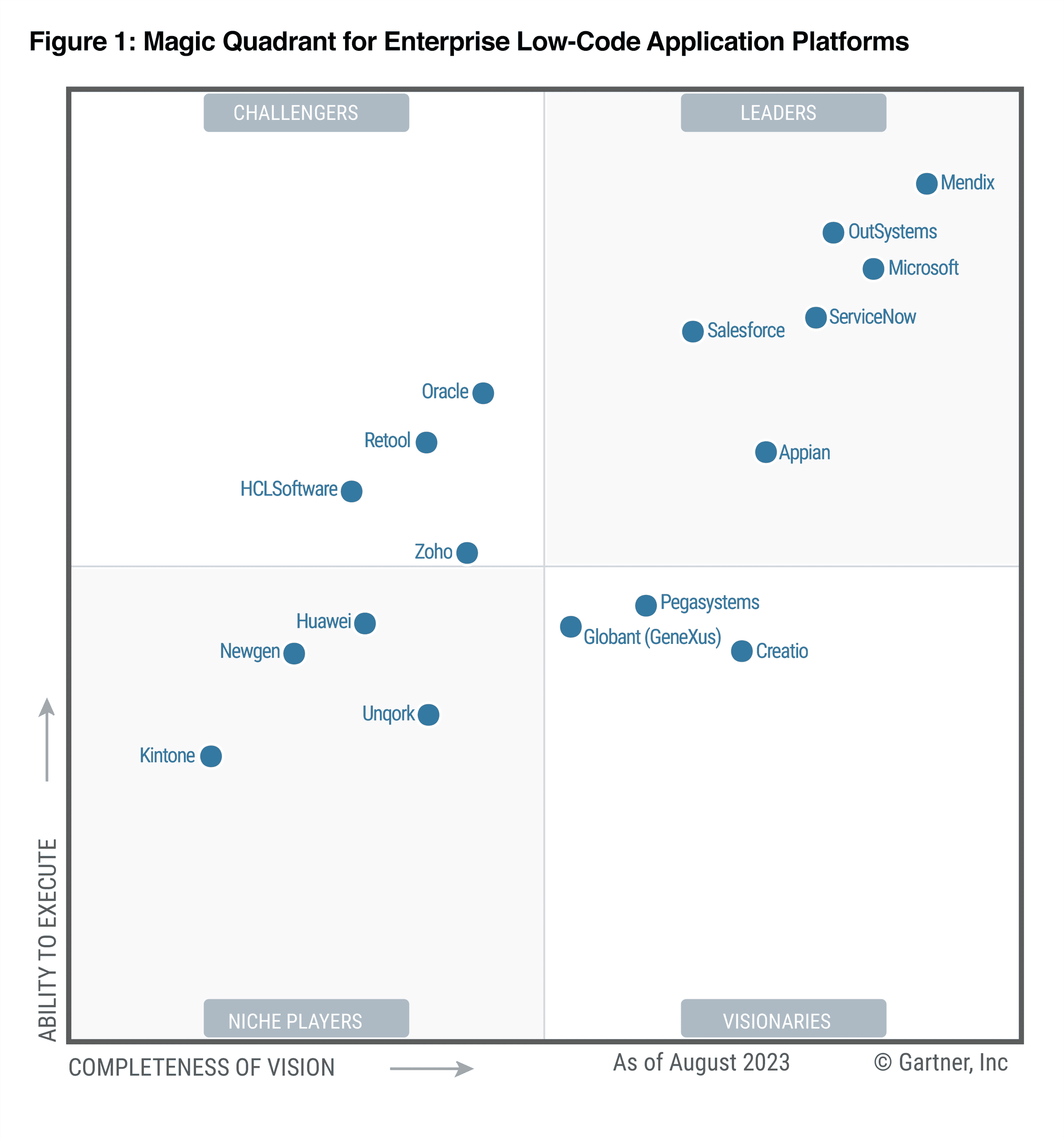
Generate Domain Models with Maia - Mendix 10.13
Mendix 10.13 Release
Take core business applications from risky to resilient
Legacy systems are risky. Time-consuming maintenance, excessive outages, user-unfriendliness, compatibility issues with new software — the list goes on.
These dinosaurs monopolize IT resources and make digital transformation all the more complicated.
But the road to legacy modernization has a shortcut. The Mendix low-code IDE fast-tracks development to help enterprises build custom apps to supplement or replace legacy systems.
Whether you're looking to update a few critical business processes or completely rebuild, Mendix helps replace, enhance, or supplement your core legacy systems and applications.
Mendix is a future-proof, low-code platform ready to take on tomorrow's evolving technologies and business challenges.
Mendix 10.13 Release
What does complexity mean to you and for your enterprise? If we sat down with 100 IT leaders and asked, we’d probably get 100 different answers. So, let’s define “complexity” together. And who better than actual Mendix users?
Mendix 10.13 Release
What does complexity mean to you and for your enterprise? If we sat down with 100 IT leaders and asked, we’d probably get 100 different answers. So, let’s define “complexity” together. And who better than actual Mendix users?
Legacy systems are old, outdated business technologies and processes that are critical to business operations. A legacy system is limited to the tasks for which it was originally designed, and is typically unable to integrate with newer, modern business systems.
Examples of common legacy systems include Lotus Notes, Domino, and SAP ECC.
Legacy modernization is the process of updating and optimizing business systems to improve operations. As an integral part of digital transformation, legacy modernization is an investment that organizations make to build more powerful, future-proof applications.
There are several ways to approach legacy modernization. The best option for your organization will depend on the challenges you’re facing and your goals for the future.
Gartner recommends evaluating your existing legacy systems to determine the business and IT drivers for modernization. Then, you can determine if encapsulation, rehosting, replatforming, refactoring, rearchitecting, rebuilding, or replacing the system will offer the greatest value.
Not always. In many cases, legacy systems can be modernized through new components or new software. But this process should proceed according to the enterprise’s requirements, not a vendor’s support schedule.
Innovate with a leader in low-code
A leader in the 2023 Gartner® Magic Quadrant™ for Enterprise Low-Code Application
Platforms
Leader in the Forrester Wave™: Low-Code Development Platforms For Professional Developers, Q2 2023



